Milena Čukić Radenković
On mistakes we made in prior Computational Psychiatry Data driven approach projects and how they jeopardize translation of those findings in clinical practice
Jun 11, 2020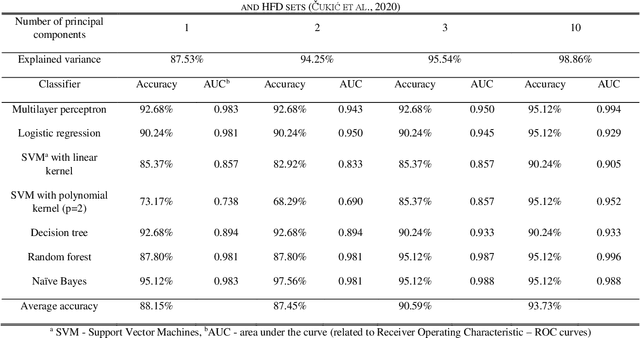
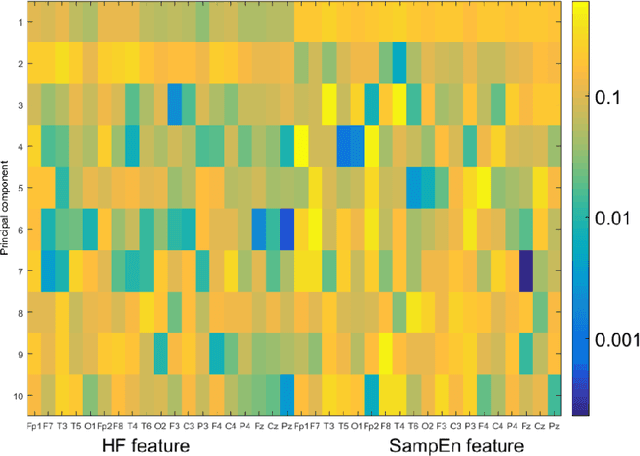
Abstract:After performing comparison of the performance of seven different machine learning models on detection depression tasks to show that the choice of features is essential, we compare our methods and results with the published work of other researchers. In the end we summarize optimal practices in order that this useful classification solution can be translated to clinical practice with high accuracy and better acceptance.
Machine Learning Approaches for Detecting the Depression from Resting-State Electroencephalogram (EEG): A Review Study
Sep 06, 2019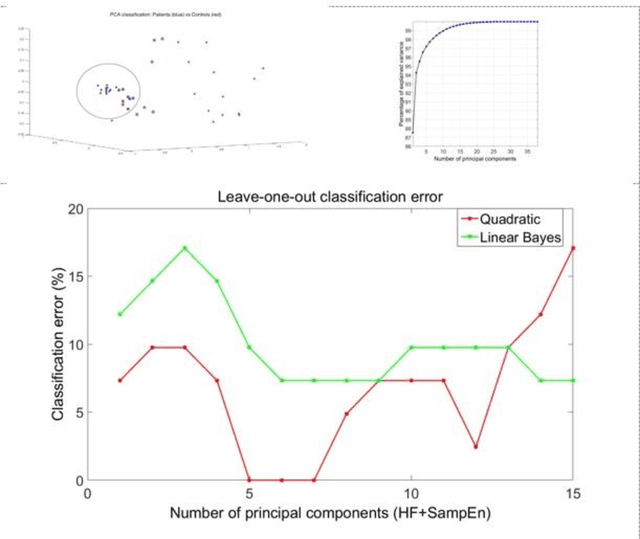
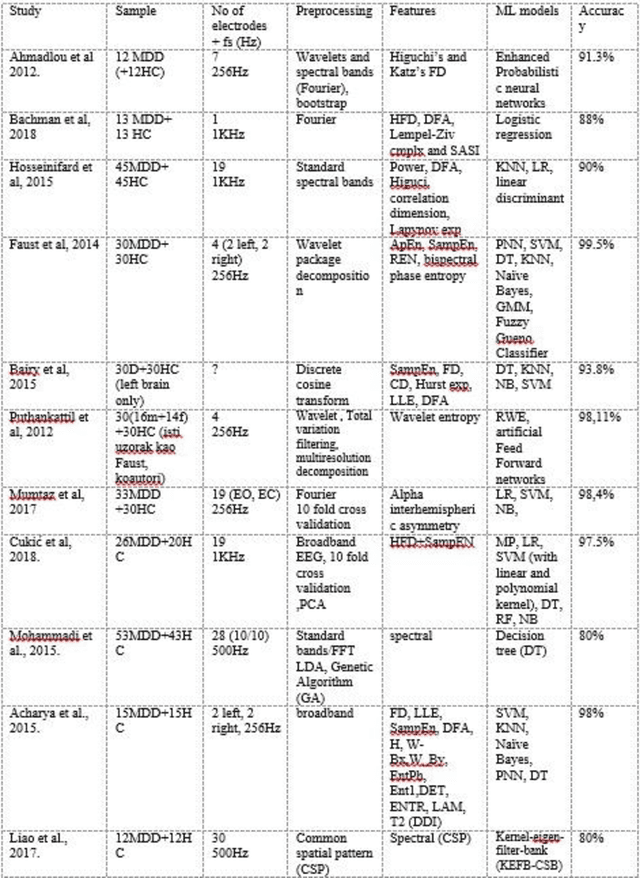
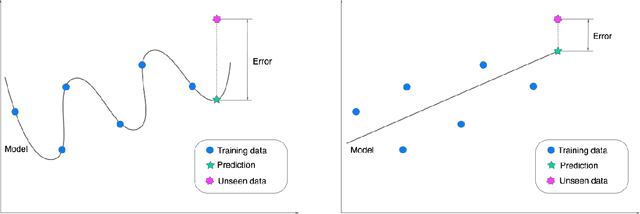
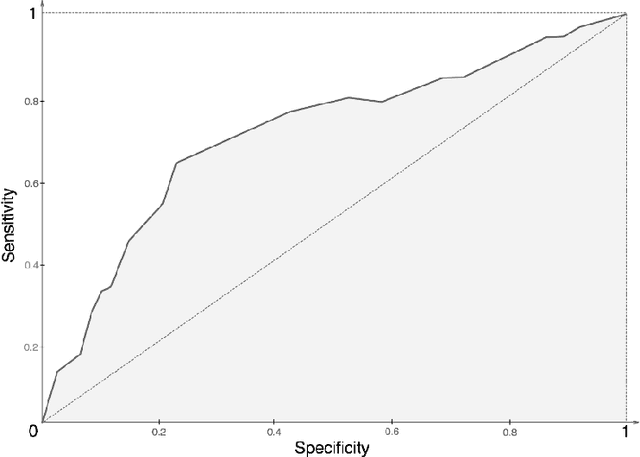
Abstract:In this paper, we aimed at reviewing present literature on employing nonlinear analysis in combination with machine learning methods, in depression detection or prediction task. We are focusing on an affordable data-driven approach, applicable for everyday clinical practice, and in particular, those based on electroencephalographic (EEG) recordings. Among those studies utilizing EEG, we are discussing a group of applications used for detecting the depression based on the resting state EEG (detection studies) and interventional studies (using stimulus in their protocols or aiming to predict the outcome of therapy). We conclude with a discussion and review of guidelines to improve the reliability of developed models that could serve the improvement of diagnostic and more accurate treatment of depression.
 Add to Chrome
Add to Chrome Add to Firefox
Add to Firefox Add to Edge
Add to Edge